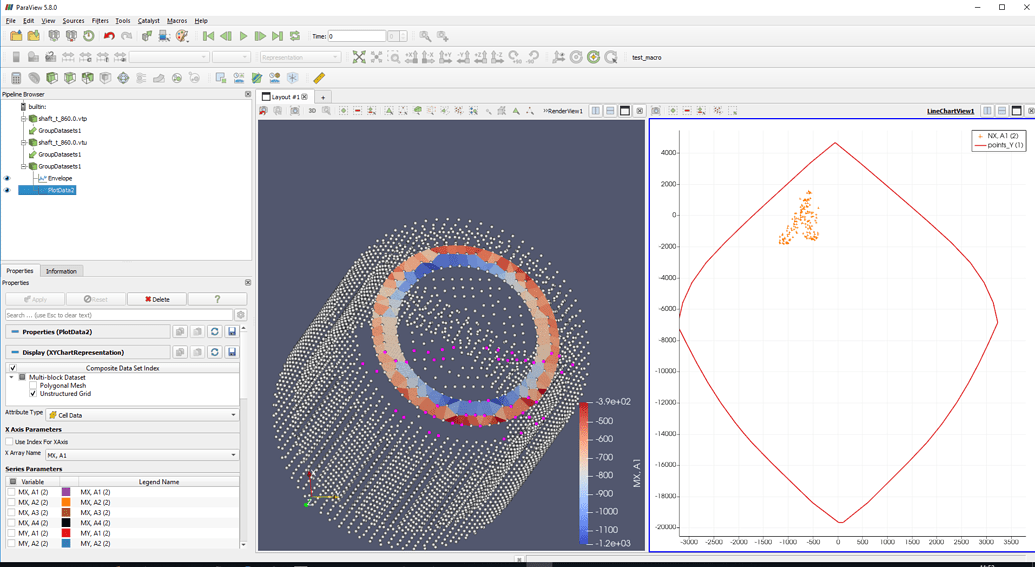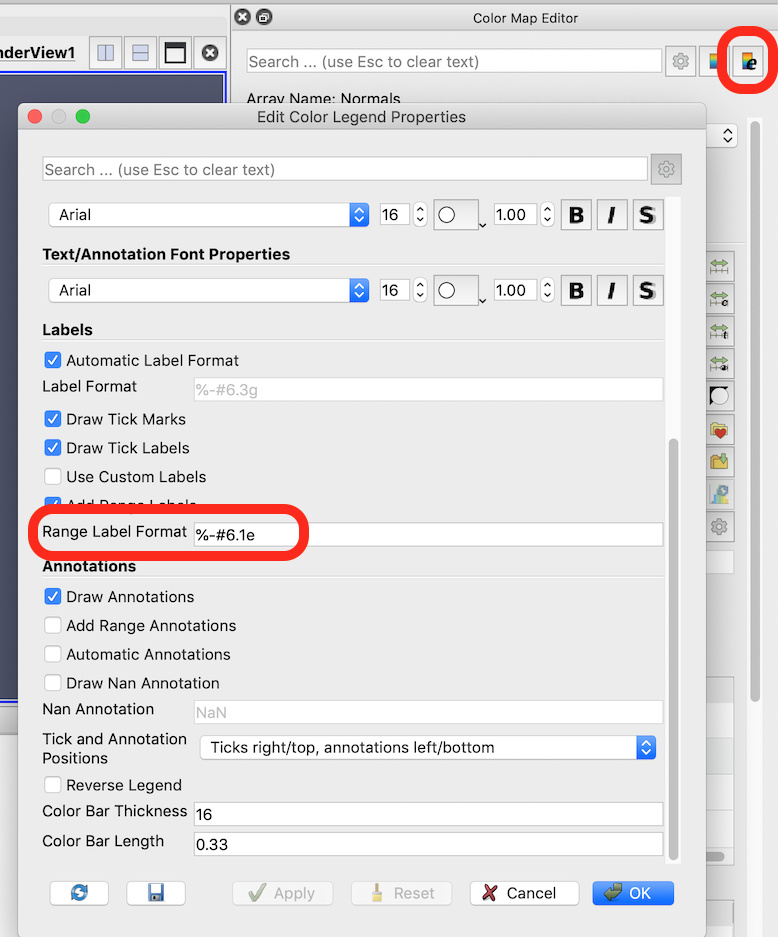

Data Scalar Type - is your data 8 bit, 16 bit, unsigned, etc?.You will need to know the layout of your data. Start ParaView, and read in your raw data. There are numerous raw files located here: Read a Raw file into Paraview The ParaView raw data reader will automatically spread your file among all of the ParaView servers that are running.Īn example 2X2X2 file would look like this (obviously, with the data written as binary data): Raw data files are a good format for voxel data, or datasets that are huge. The spacial locations of the data points are implicit. Raw data files are binary files of one or more data variables, in an X by Y by Z layout. Use the directions above to read in the CSV files and display them as points.Enter the following data into three files in the same directory, named as follows. Here is an example of three timesteps.You put each time step into it's own file, and label the files as someName.csv. You can also hold multiple time steps as CSV files.If desired, change representation to solid, and color by your variable.In this example we will use C indexing for the arrays, thus they go from 0 to 1 (2 entries). Points arrays are in X = size 2, Y = size 2, and Z = size 2. For instance, the data above has 8 points, forming a leaning cube. Tell ParaView what extent, or array sizes, your data is in.Run the filter Filters/ Alphabetical/ Table To Structured Grid.You may want to delete the Table to Points filter listed above.If desired, run the glyph filter on these points.Turn visibility on for the Table to Points filter (click on the eyeball in the Pipeline Browser).Split screen Horizontal (Icon, top right).ParaView probably didn't open up a 3d window (this is a bug).Tell ParaView what columns are the X, Y and Z coordinate.Run the filter Filters/ Alphabetical/ Table To Points.There are two ways to do this - as a structured grid or as points.

Next, we need to tell ParaView what this data means.
PARAVIEW LABEL FORMAT CODE
Once loaded, new file formats are displayed in the "Files of type" dropdown in the File->Open dialog.įile formats that are readable via plugins distributed with the ParaView source code as of version 3.8 include:ĬSV files can be read by ParaView, and are a good quick and dirty format. Note that many plugins add new file formats at runtime. The file formats that ParaView understands includes at least the ones described in the in tool help (Help->ParaView->Readers).
PARAVIEW LABEL FORMAT HOW TO
This page describes different data formats that ParaView can read and gives guidance over how to use them. 4.2 Reading a time varying Raw file into Paraview.This will maintain the number of ticks but as the resolution goes up the labels should stop overlapping. Try multiplying by 2 once or twice or three times even. In the popup window, there is a black X next to the image dimensions. See below image for an example:Īnother quick fix is to up the resolution when you save the screenshot. Check the Use Custom Labels box and add values you’d like to label. Click the Gear Icon at the top to enable the Advanced properties.
PARAVIEW LABEL FORMAT UPDATE
# you may need to move the render view around for it to update or execute: RenderAllViews() Through the GUIĬlick on the Built-In source in the pipeline view.Ĭlick the big Edit button next to Axes Grid. YAxisUseCustomLabels = 1 # 1 means true # note that third parameter is the step size for `range` rv. # Edit the Properties of the AxesGrid rv. # Get the Active View: note this only edits the axis in that view rv = GetActiveViewOrCreate( 'RenderView')


 0 kommentar(er)
0 kommentar(er)
